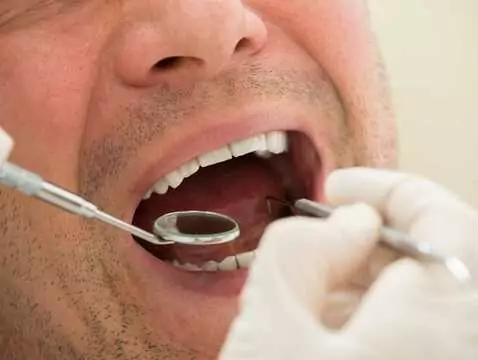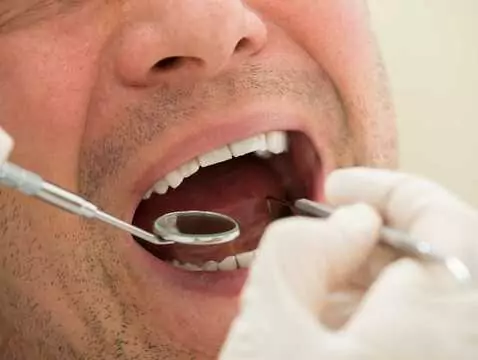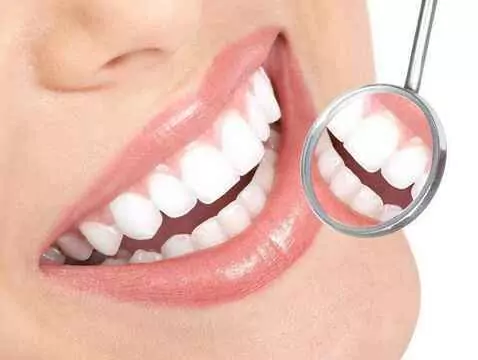Endodontics (root canal treatment) refers to the treatment of diseases of the tooth pulp and periapical tissues. It is one of the most difficult therapies in conservative dentistry. Until recently, it was associated with unpleasant feelings for the patient, as well as uncertain treatment results. Thanks to advances in dentistry, endodontic treatment has now become much easier.
Ad:









